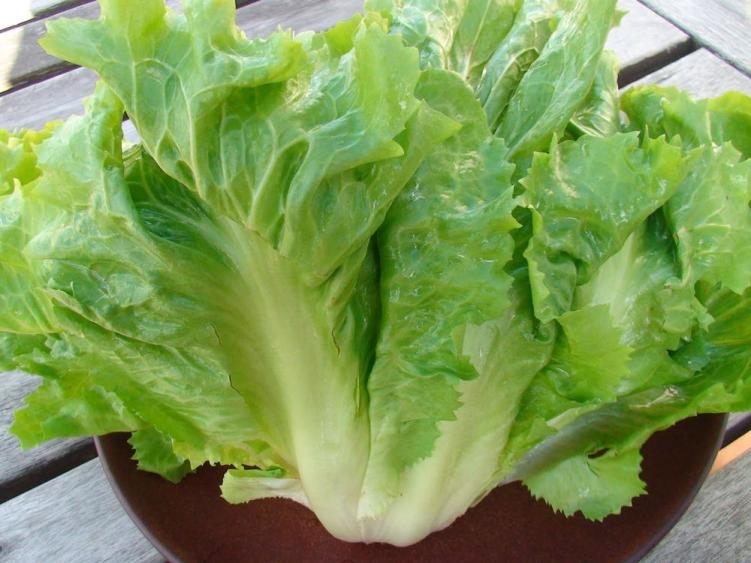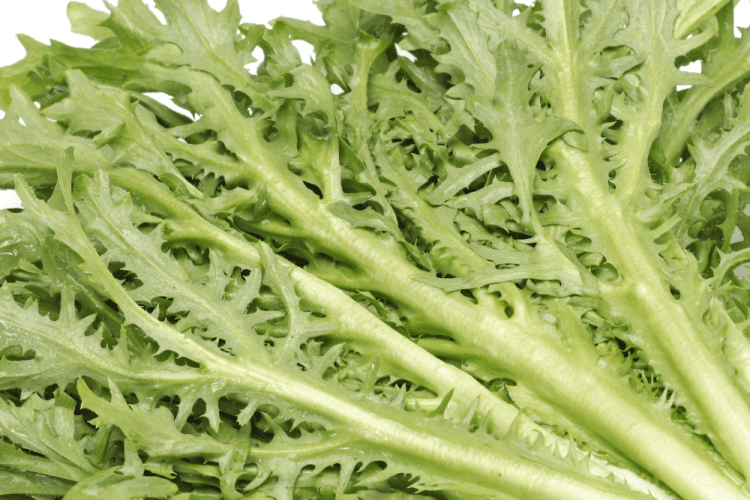In Europe Endive is a very popular vegetable to eat and grow. There are two types of endive – Batavian also known as broad leaved endive – and curly endive a frisee type of endive.


Often endive is grown as a spring or autumn crop but for a later crop, they may need some protection. Many people think that endive and chicory are the same vegetable, but they are different crops.
You can grow endive straight in the soil but most gardeners start the seed off in a seed tray or pot. Fill the pot or tray with compost and sow the seed very thinly, cover and water the compost.
Once the plants are big enough to handle you need to harden them off before you can plant them out in the garden or in larger pots, containers or a planter.
Water the endive plants after you have planted them out, it’s better to transplant on an overcast day as the plants have a tendency to wilt when transplanted in the heat.
If you want to grow endive in the autumn sow in July the broader leaved endive is better suited to the autumn weather.
Endive can take about 8 to 10 weeks before its ready to eat.
Endive Care
Keep your young plants watered but not overwatered, it’s a good idea to mulch between the plants, as this will hold moisture in the soil for them.
Endive can bolt in dry weather, if the plant bolt then you are best to compost it as the leaves will taste bitter.
Blanching
Some people like to blanch endive as it can remove the bitterness from the leaves but also it gets the traditional yellow/white colour that people love. There are now newer endive varieties that actually don’t need blanching anymore.
If you do need to blanch your endive then you need to pull the outer leaves of the endive over the centre of the plant and then tie together with string, this needs to be done two weeks before you harvest.
Another easier way to do it is to cover the whole plant with a bucket about 2 weeks before you pick the endive – this works just as well and is less fiddle.









